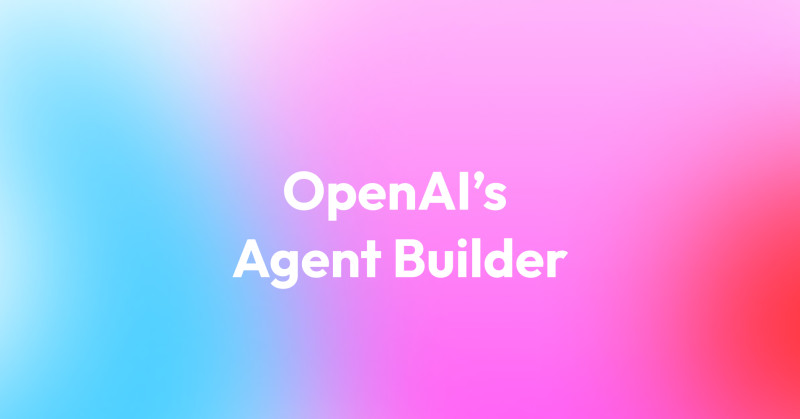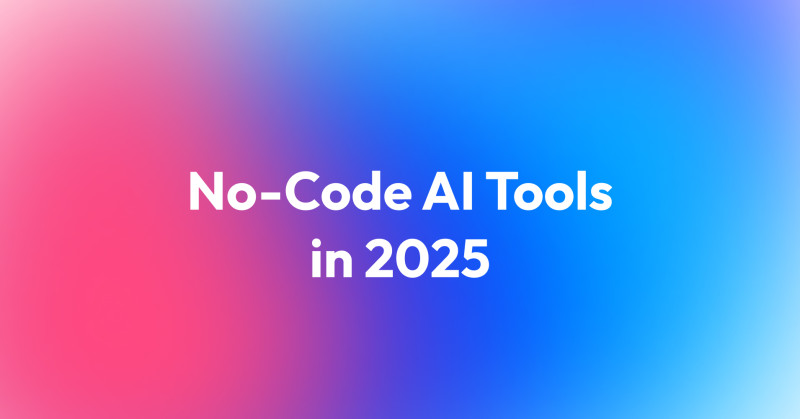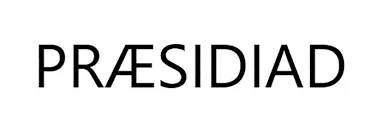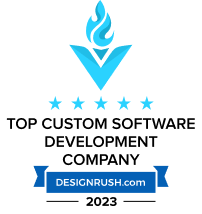For those well-versed in software development, Domain-Driven Design (DDD) is likely a familiar concept. Over time, it has proven to be a reliable approach, expertly managing intricate systems by prioritizing the most critical aspect of the project - the underlying domains. Additionally, DDD effectively facilitates communication by creating a shared language between the technical team and business stakeholders.
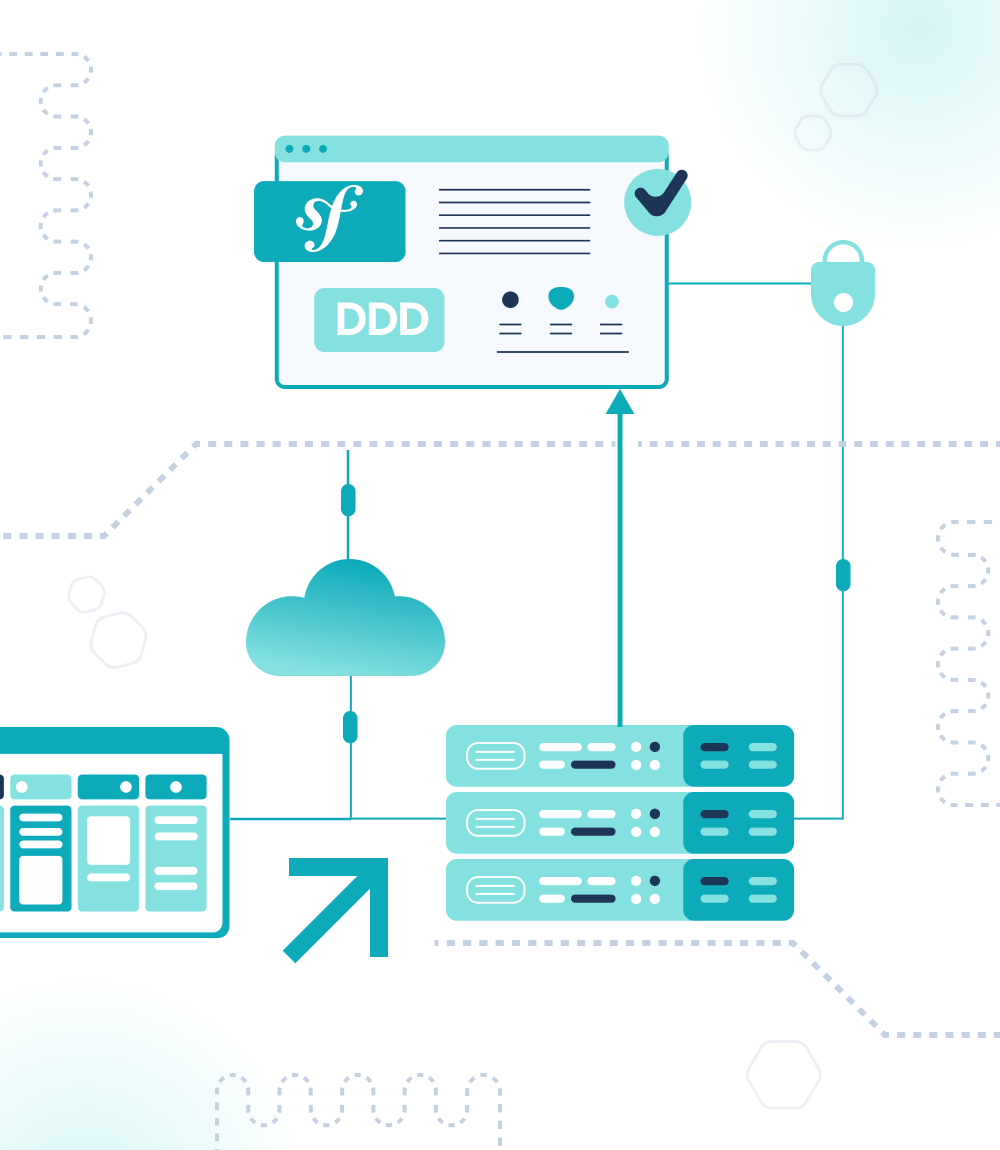
By combining Symfony, a robust framework that's famous for its modular agility and flexibility, with the DDD approach, you can bring its benefits to life. Nevertheless, it's important to acknowledge that every rose has its thorns, and there are challenges that need to be addressed. We encourage you to delve into the pros and cons of using DDD in Symfony, so you can gain a more comprehensive understanding of this fascinating methodology.
Domain-Driven Design in a Nutshell
DDD is a design philosophy that emphasizes on important business concepts or domains and their interconnections. It is like a sculptor who carves out business logic and rules into the foundation of software applications. This approach helps you stay focused on the task at hand without getting lost in technical jargon. However, DDD is not limited to one technique but rather a collection of methods and patterns that form a powerful design toolkit. It is like a Swiss army knife that enables you to navigate the complex terrain of software development. DDD is not just a philosophy but a reliable compass that guides you through uncharted territories of software projects.
DDD in Symfony: The Upsides
Let's take a look at the advantages.

Separation of Business Logic
DDD encourages developers to isolate the business logic from the technical aspects of the implementation. The clear and framework-independent domain modeling enhances code readability and facilitates maintenance. Symfony, with its emphasis on modularity, complements the DDD approach by enabling the creation of isolated domain components.
Improved Scalability
DDD paves the way for applications that scale effortlessly as complexity ratchets up. With clear divisions into aggregates, entities, and values, DDD-steeped applications in Symfony become more limber and agile, evolving seamlessly alongside business needs.

Domain Language
DDD is the cheerleader for rich domain language that syncs beautifully with the business pulse of the project. Crystal-clear, self-explanatory methods, and class names significantly improve code readability. Symfony chips in too, fostering the creation of domain language interfaces that smooth out communication between developers and business stakeholders.
Testability
DDD promotes writing unit and acceptance tests, enhancing the quality and reliability of applications. Symfony offers a vast array of testing tools, like PHPUnit and Behat, that perfectly integrate with the DDD approach.
Framework Independence
Our spotlight is fixed on the Symfony framework, but let’s not overlook DDD's innate structured approach. Its emphasis on using custom classes over components makes shifting the core application to another framework a relative breeze. This flexibility applies to all implementations. For instance, switching from a SQL to a NoSQL database can be as simple as tweaking the implementation, thanks to the faithful use of interfaces.

DDD in Symfony: The Downsides
There are also disadvantages and we should take them into consideration.
Initial Effort
DDD in Symfony isn't a cakewalk—it demands a sizable upfront investment of time and effort. Getting to grips with both Symfony and DDD might feel like scaling a steep hill, especially for newbies. But, as with many journeys, the initial leg can be the hardest. Once you crest that hill, the benefits of DDD stretch out far beyond the upfront investment. Complex code structure
Complex code structure
Translating the domain into appropriate aggregates, entities, values, and services could result in an array of classes and folders multiplying like rabbits. Before you know it, your once-neat project structure is brimming with complexity, making the code harder to understand and maintain.
Potential Performance Issues
Moreover, in some scenarios, especially when dealing with a significant number of domain operations, applying DDD in Symfony could impact the application's performance and scalability. The more advanced DDD concepts, like domain events or asynchronous operations, might demand additional configuration and management.
When Should You Choose DDD?
And, of course, we mustn't forget that every tool has its ideal context. DDD shines when there's complex business logic to wrestle with. But, when the project is simpler, without an advanced domain in sight, introducing a full-blown DDD could feel like bringing a bazooka to a water gun fight. Overkill might not always be the best approach, and you could end up with a solution that's overly complicated and disproportionate to your project's scale.



